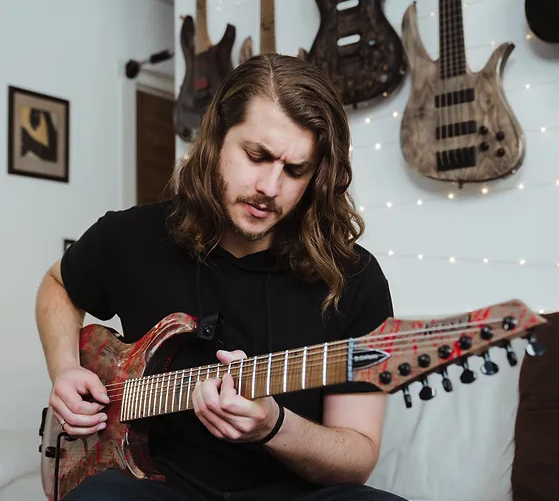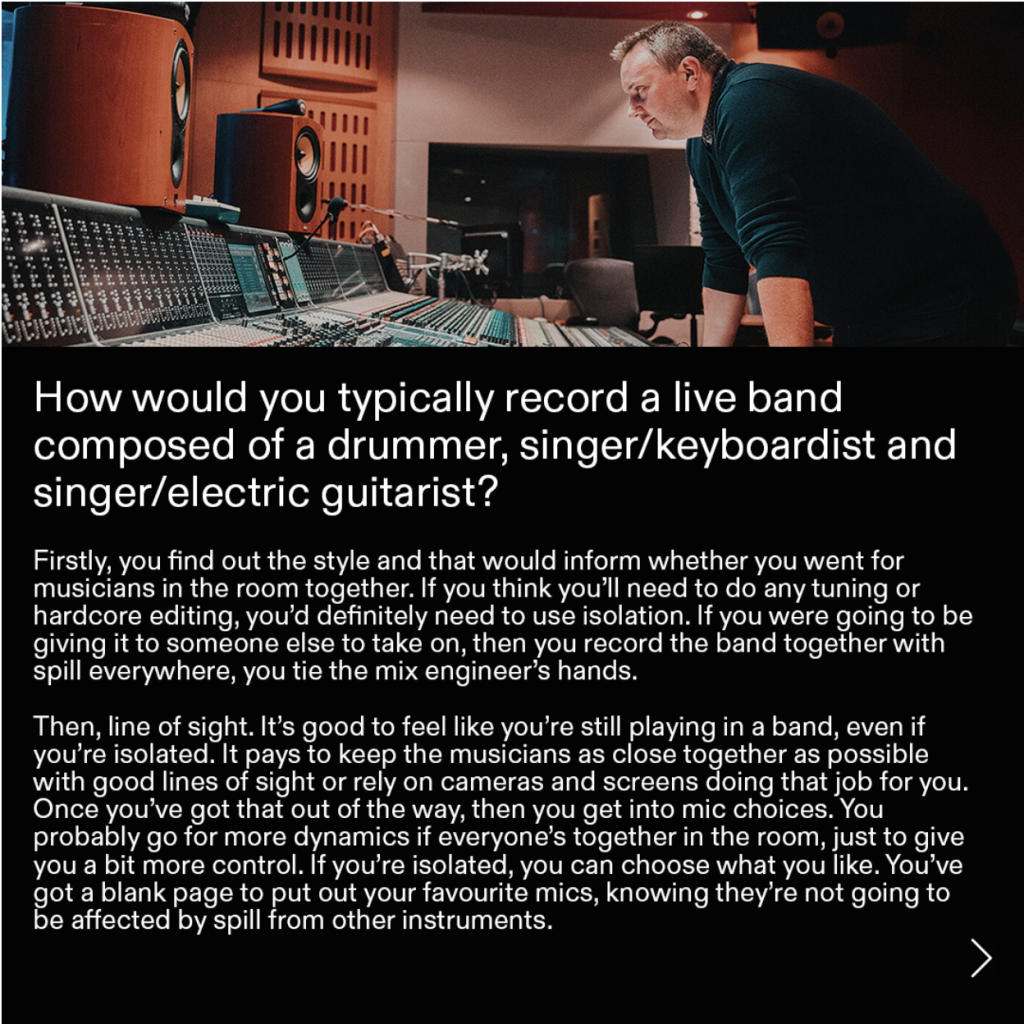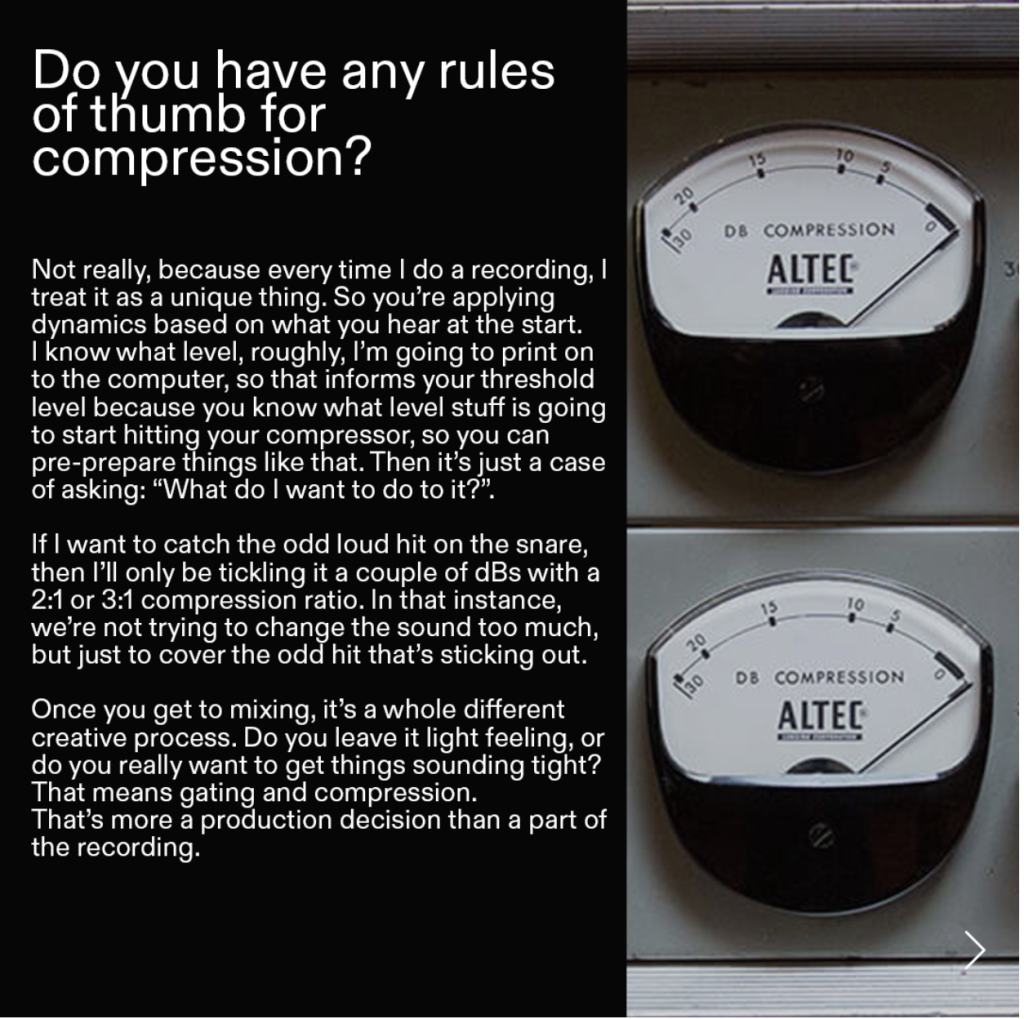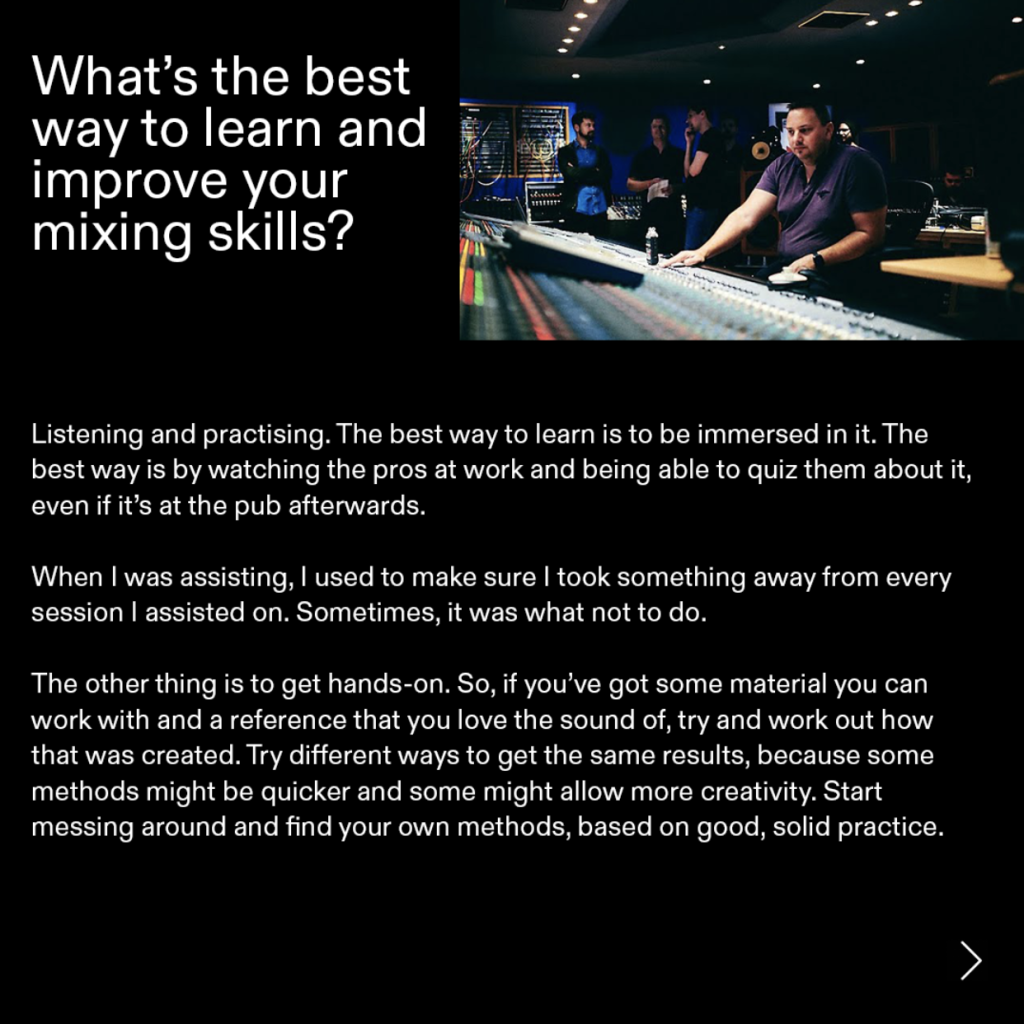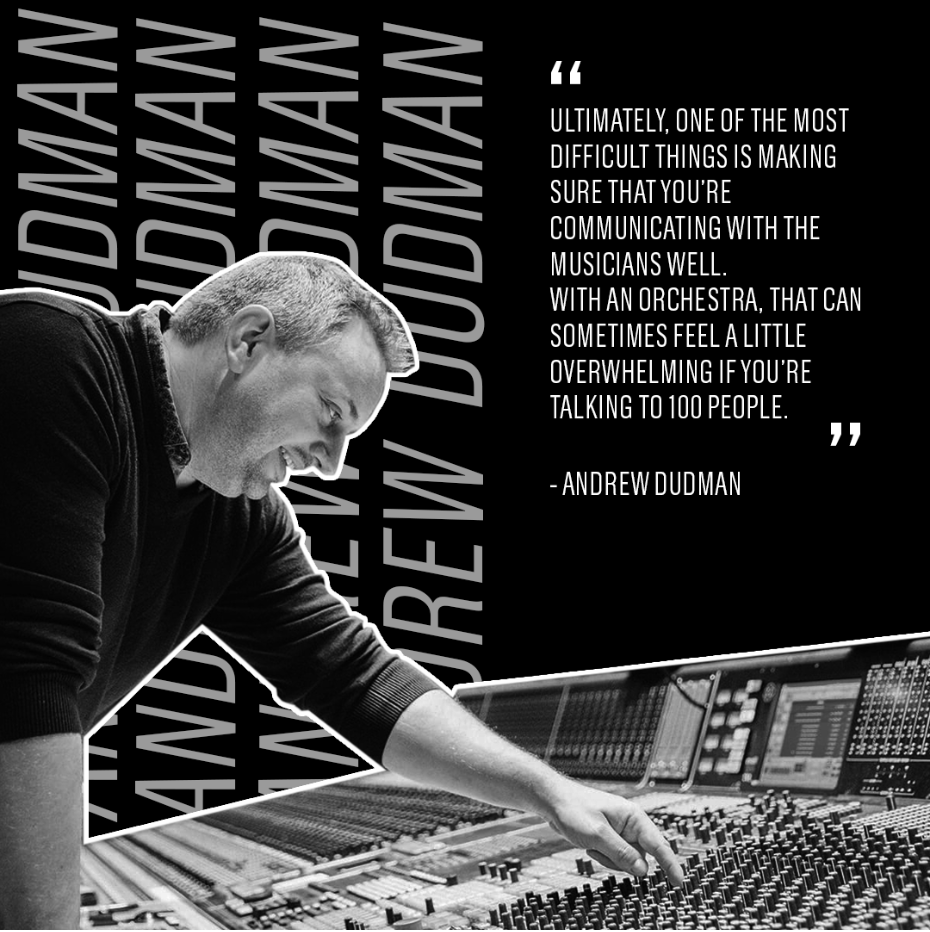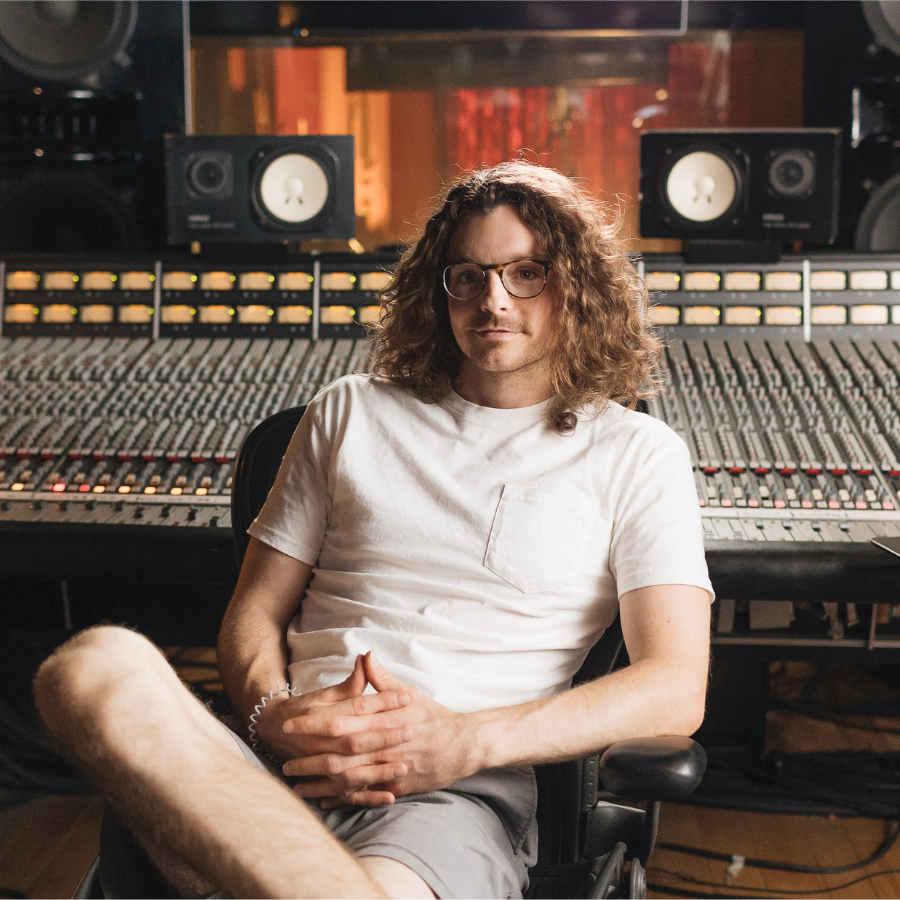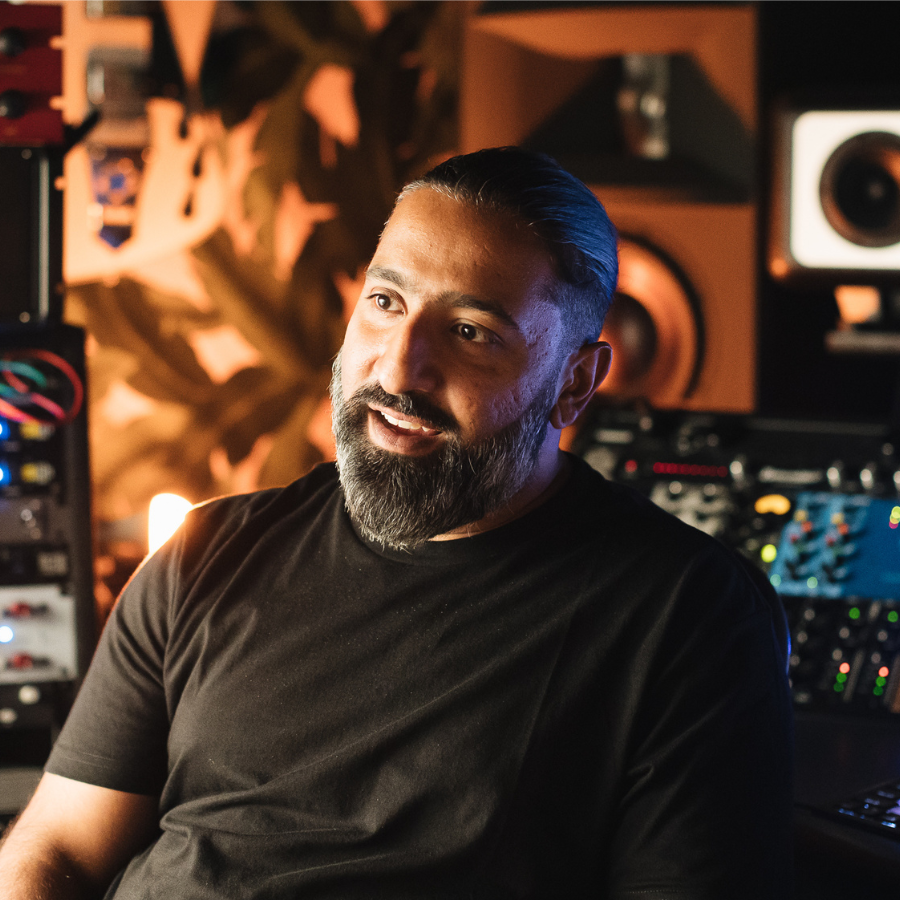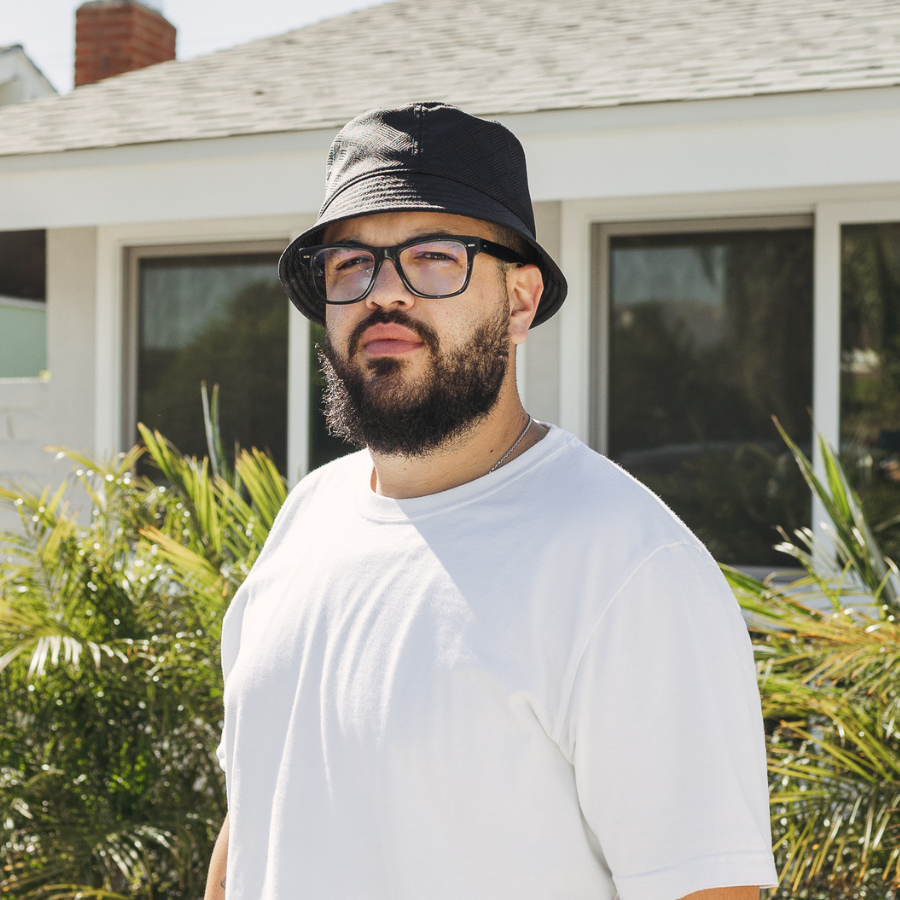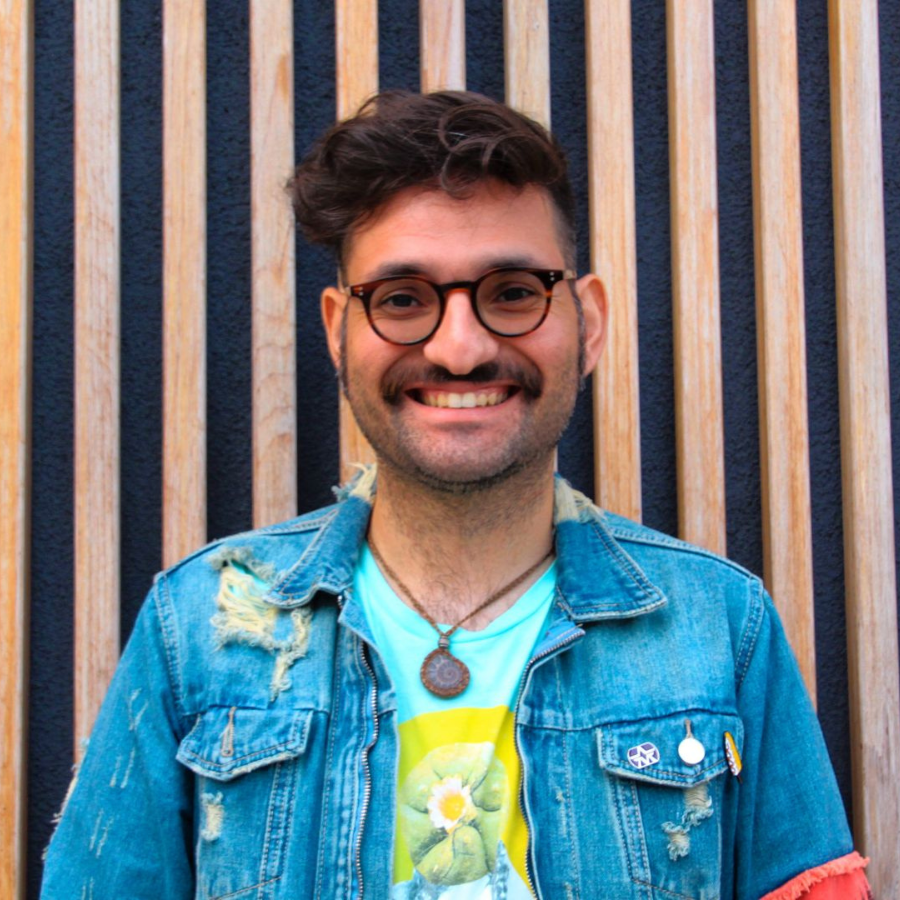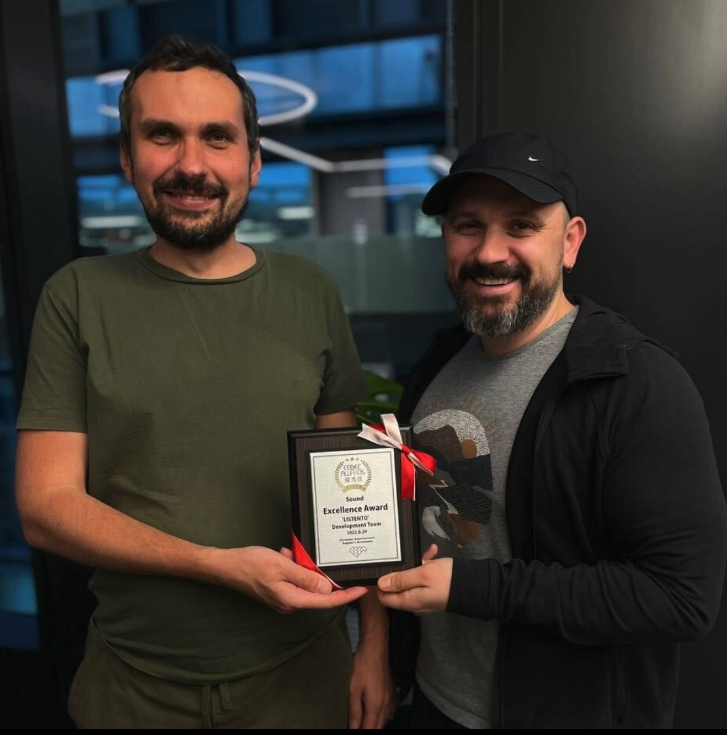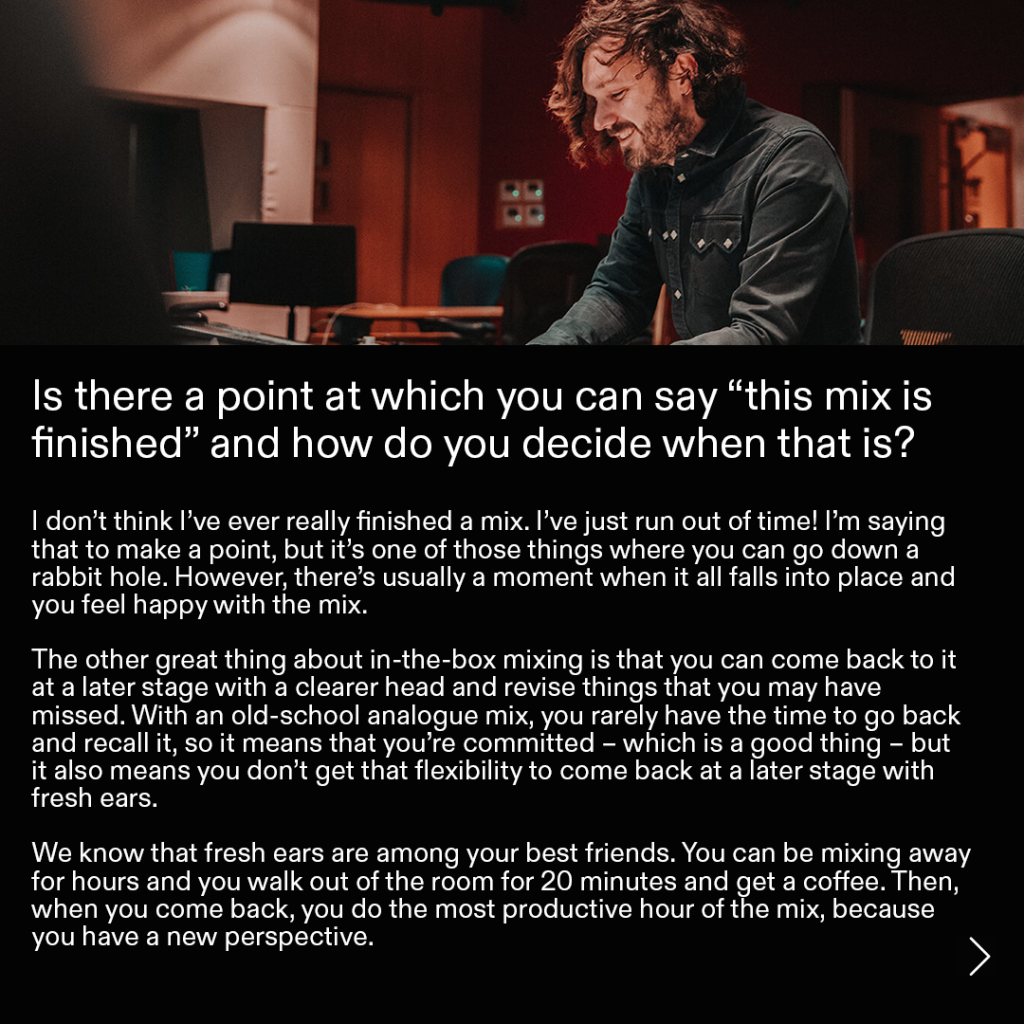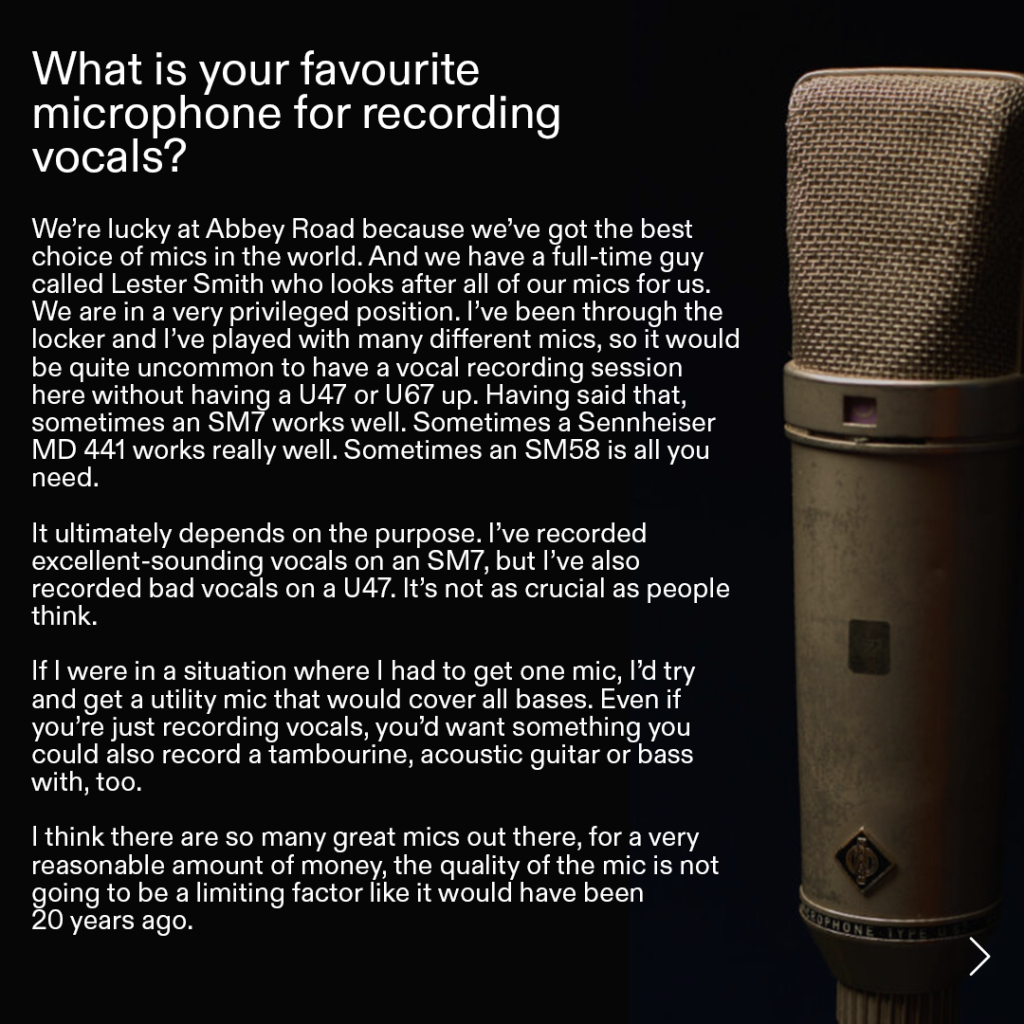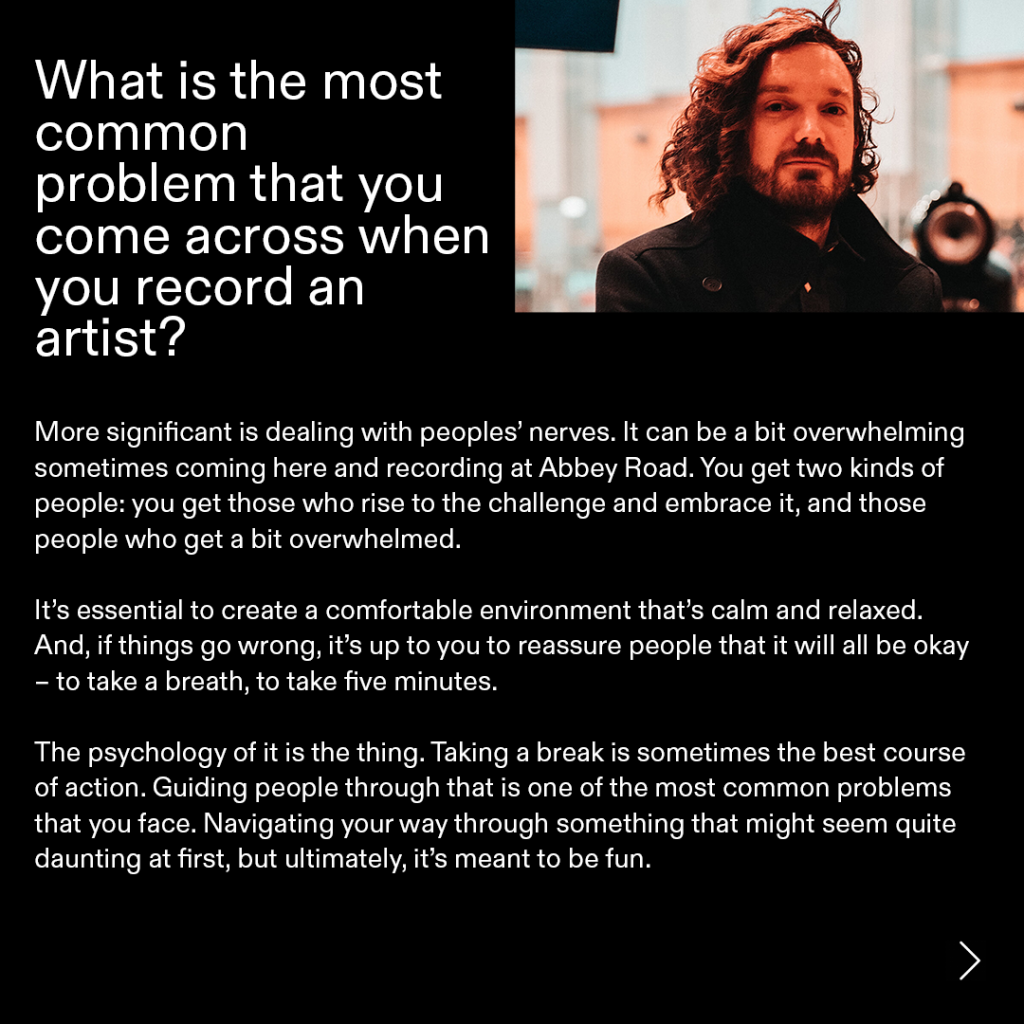Exceeding 100 million views on YouTube, 150 million streams on Spotify (making it the most popular song by an African artist in the streaming era) and reaching No. 4 on the UK Singles Chart — Afro-fusion giant Burna Boy has everyone in a chokehold with the lead single from his sixth studio album ‘Love, Damini’. And don’t worry, this won’t be the last you’ve heard of it.
Introducing you to our brand-new series: #TheMakingOf.
We’re teaming up with some of the most esteemed producers, engineers and mixers in the game who are lifting the hood behind their biggest hits. In Episode One, Grammy Award-winning mix engineer Jesse Ray Ernster gives us an access-all-areas look into the process for mixing Last Last.
From adding angst and presence to the initial beat to finalising the mixes through his iPhone and Airpod speakers using the LISTENTO mobile player, Jesse reveals just what went into mixing one of the biggest tracks of 2022.
Full transcript:
“I’m Jesse Ray Ernster and I’m going to be showing you the song Last Last by Burna Boy.
I originally mixed this song all in the box, but today we’re exploring kind of a new workflow I’m having fun with lately, and spilling the session out on the console. I thought that it would be really cool to explore this record once again in the analog format. Alright, let’s jump in.
I’m just gonna solo the beat. I’m monitoring pretty quietly, I want to get some balance. I want to get it feeling good. It’s pretty clean, it’s pretty punchy and transient right now, I think we can get the kick a little bit more angry by driving the channel, and I can do that up here by just driving the line in. You know if I really push it, I can hear it [laughs], you know if you don’t push it at all. But we’ll get some drive.
You know, like the way Dre used to push tape. We’ve also got some EQ pushing some of the knocky frequencies around 1K on the kick. You know without…it’s clean….pretty 2000s. Not angry enough. Kick that in, get some of the grind. And same with the snare, the snare’s pretty clean. This sort of rim sound. But if we crunch it, then it becomes this like kind of cool dark thing. And these percussion tracks, these weren’t really hot in the mix, like I don’t know that they were really audible at all. But they really should be. If anything, I regret not really pushing those up in the release, I think those are great.
Also, we’ve got to take a look at the 808s. What’s happening here. Little bit clean, we could drive that channel again as well. And then we can engage a little bit of channel compression to just tighten the transient. We’re not compressing for level regulation, we’re compressing to shape the envelope of the start of the transient point to really help it, you know. So instead of “boom, boom”, we give it the “fuuh, fuuh”. It shapes that.
Alright, we have the beat working now we have the instrumental sounding great. Let’s bring Burna in. And as an engineer, we get to the part where the vocals come in, we’d be really tempted to try out some EQ and some stuff and see what we need. But I have a feeling he doesn’t need much, Burna usually sounds like a legend on his own without a lot of filtering and without a lot of effects.
Let’s try it, let’s try a little bit of EQ and see if we can just improve and subtly refine his vocal sound. It doesn’t need it. That’s just the sound of his voice. He’s a giant. So we’ve unpacked a bit of the tracks individually, and kind of taking a look at all of the instruments and the vocals on the song. I think as a whole now, we could take a look at the mix bus and add a little bit of EQ there. My favorite for this is Mixland Tilt EQ, there’s a 40K high boost that just adds so much sparkle. Let’s hear what that does. Really boosting it. It adds quite a bit of sheen. It just adds a little bit of that air. This is modeled after just amazing pieces of vacuum tube gear you know, and it’s just shiny. It just sounds good. At this stage in the game, if it’s feeling good on speakers and everywhere else I’ll usually get the AirPods out and check on the phone.
And here she is, dearly beloved. We’ve got the LISTENTO plugin, I put it very last in the chain just right at the end to stream the audio to my phone. Pull up the Audiomovers LISTENTO link that I sent to myself and then I’ll just work in AirPods for a bit, and kind of work off of the stream. It sounds great enough to where I can trust it reliably. I can’t tell the difference at all from the session audio to the stream, it’s incredible.
Stream Last Last.
Follow Jesse Ray Ernster:
